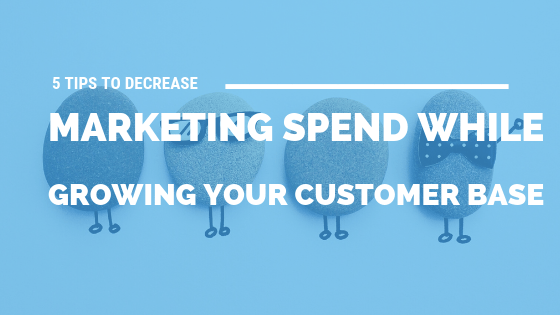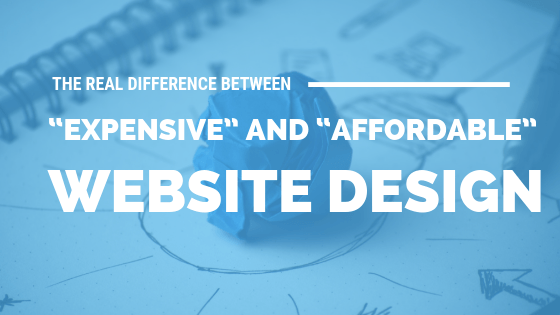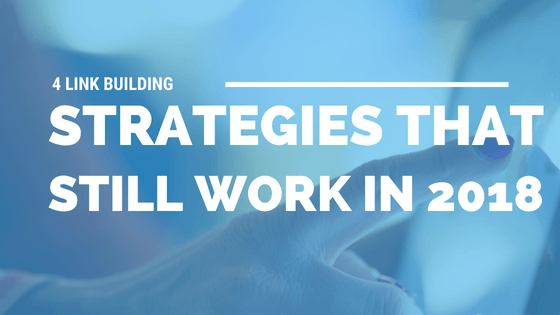Generation UX: How User Experience Can Make or Break Your Site
Architecture design of a website
A lot of thought, planning,
and hard work goes into building a website, most of it behind the scenes.
Back-end developers develop and maintain the tech that makes a website
possible, using server-side languages to build applications and complex
software tools to service code to the user. They are the architects who lay the
brick-and-mortar foundation for the site and pave the roads on which data is
exchanged between users and sites.
Front-end developers, meanwhile, put a pretty finish on the house. While back-end developers use server-facing code to develop the structure, the front-end developers work on user-facing code to create the part that actually pops up on your monitor when you type in a URL.
The importance of back-end development is obvious: without a well-constructed foundation, the website will fall apart, unable to function. But front-end developers are responsible for the part of a website that users actually interact with, and as a result, they are among the architects of the site’s users’ experience. A website without an attractive front end is doomed to frustrate and confuse the very people it’s supposed to lure in.
Let’s take a closer look at user experience: what it means, why it’s important, and how business and website owners can prioritize it to make their website a hot destination and a breeze to interact with.
What is UX?
User experience, or UX in tech-speak, refers to the overall feeling a product or system gives to a person using it. It’s not a measure of the person’s prior contact with the product, or their pre-existing knowledge of the product; rather, it’s a measure of the emotions and attitudes they have while using the product, and the feeling they walk away with.
User experience is a holistic term used to describe the sum of many parts. A website’s visual design is one part of this; it must be eye-catching and unique, making a task as mundane as ordering toilet paper a fun experience. On the other hand, it shouldn’t be so overloaded with flair as to be distracting, or an eyesore. Even if the product being sold is fantastic, flashy graphics can scare users off, which is why visual design has trended more toward minimalism in recent years.
This less-is-more style of design also complements another aspect of UX: Usability. Websites with overly complex visual design are difficult to navigate and use, and in an age where many users are on mobile browsers, can make it downright impossible to get anything done.
Sites must be easy to learn and use, which is why those responsible for coding them should keep in mind that their target audience is rarely fellow tech geeks. Finally, user experience also covers marketing; a site should be attractive and easy to get around while also leaving the user with a firm imprint of the brand.
Why UX is So Important:
As a business owner, the ultimate goal is to have your user’s experience be so positive that they not only use the product again but recommend it to their friends. For website owners and app developers, this is particularly important: not only does a website live and die on its active users, but word of mouth and social media sharing are among the biggest factors in determining whether a site grows and thrives or withers and dies. A shout-out on Twitter or Facebook from someone with a substantial number of followers can be a godsend, but the influx of new users will be for nothing if they don’t like their experience on the site.
If the product you’re selling is fantastic, but your users are distracted by misplaced banner ads or frustrated by complicated menus, no one will ever find out. And even if a more tech-savvy user can navigate the site, if they recommend it to, say, their grandmother, you’ll lose out on business because her experience as a user won’t be a positive one.
Making UX a Priority:
For the reasons stated above (and myriad others,) user experience should be a guiding principle when planning a website. Therefore, it ought to be considered early on, not after a site is already 90% built. Stakeholders in marketing, usability, and visual design must collaborate to plan a user experience that fulfills all of their goals without leaving anyone unsatisfied.
By considering the site’s audience, and what you want them to walk away feeling like, you can avoid going feature-crazy and confusing them on the one hand, or treating them like children on the other.
User experience is an area where collaboration between business owners, developers, and designers is essential, and by planning around it, all three groups can accomplish their individual goals, while creating something that users will come back to again and again.






















